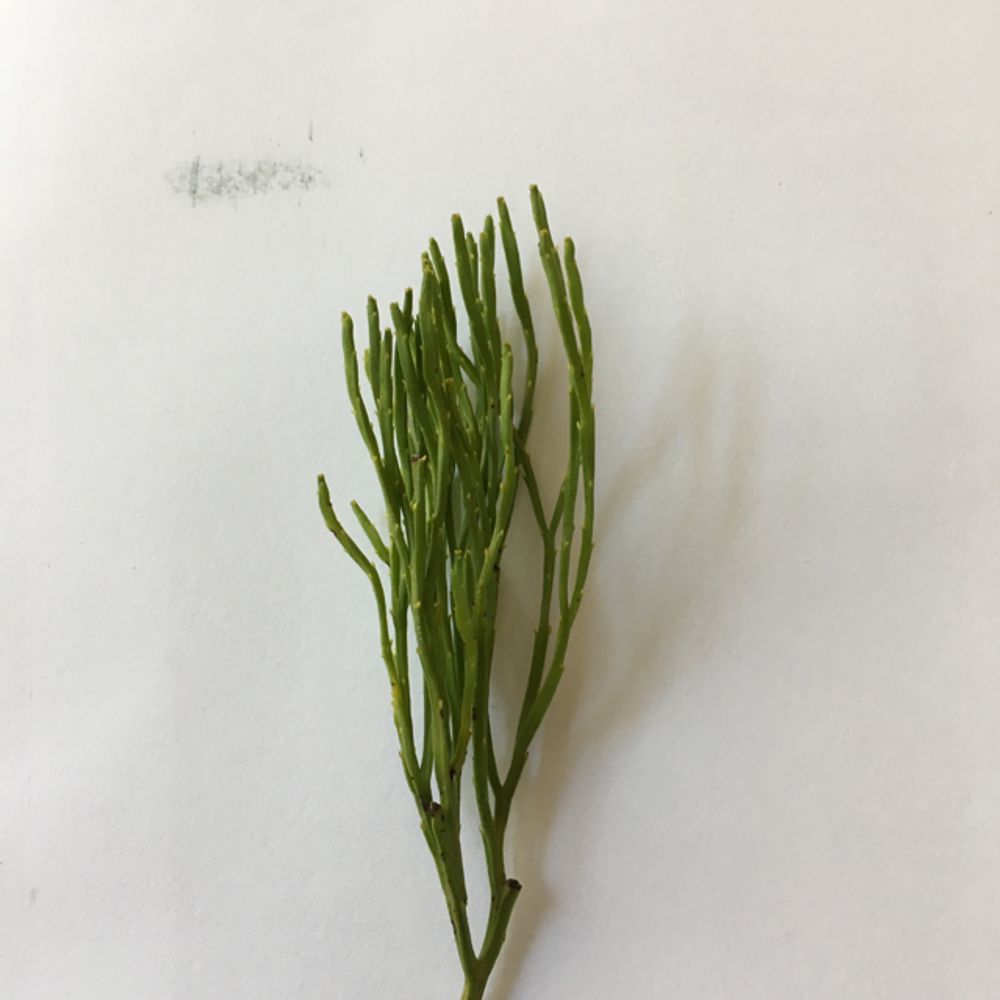Whisk Ferns
(Psilotum)

Description
Psilotum is a genus of fern-like vascular plants, commonly known as whisk ferns. It is one of two genera in the family Psilotaceae, the other being Tmesipteris. Plants in these two genera were once thought to be descended from the earliest surviving vascular plants, but more recent phylogenies place them as basal ferns, as a sister group to Ophioglossales. They lack true roots and leaves, the stems being the organs containing conducting tissue. There are only two species in Psilotum and a hybrid between the two. They differ from those in Tmesipteris in having stems with many branches and a synangium with three lobes rather than two. Whisk ferns in the genus Psilotum lack true roots but are anchored by creeping rhizomes. The stems have many branches with paired enations, which look like small leaves but have no vascular tissue. Above these enations there are synangia formed by the fusion of three sporangia and which produce the spores. When mature, the synangia release yellow to whitish spores which develop into a gametophyte less than 2 mm (0.08 in) long. The gametophyte lives underground as a saprophyte, sometimes in a mycorrhizal association. When the gametophyte is mature, it produces both egg and sperm cells. The sperm cells swim using several flagella and when they reach an egg cell, unite with it to form the young sporophyte. A mature sporophyte may grow to a height of 30 cm (10 in) or more but lacks true leaves. The stem has a core of thick-walled protostele in its centre surrounded by an endodermis which regulates the flow of water and nutrients. The surface of the stem is covered with stomata which allow gas exchange with the surrounding
Taxonomic tree:







